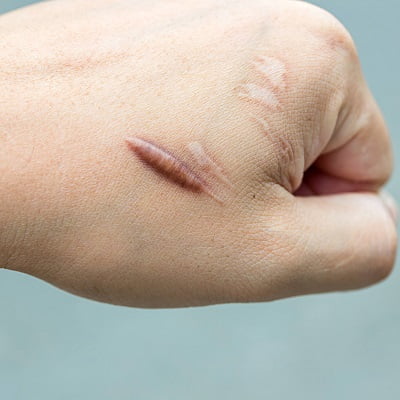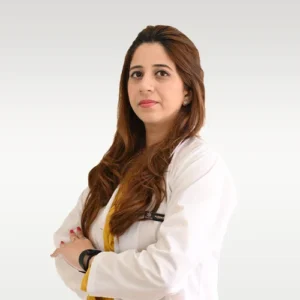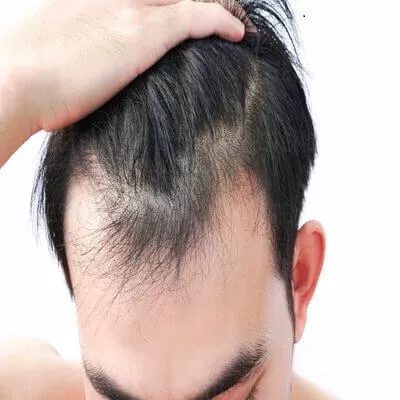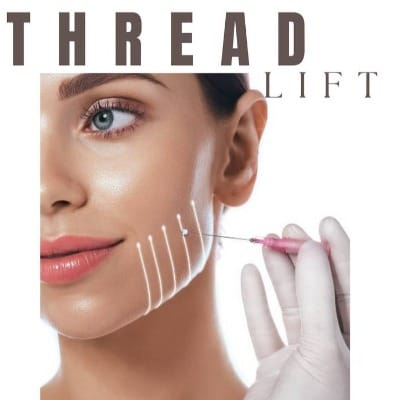
Scars are an integral part of the body’s healing process, but sometimes they can become a source of discomfort and self-consciousness. Keloids are a type of abnormal scar formation that extends beyond the original wound site, often causing physical and emotional distress for those affected. Fortunately, various keloid treatments in Islamabad offer hope and relief to individuals struggling with keloid scars.
In this blog, we will delve into the latest treatments for keloid and explore their effectiveness in managing this challenging condition. So, keep reading the following details!
Silicone Gel Sheets and Silicone-Based Creams:
These creams are popular and widely used non-invasive treatments for keloids. These products create a protective barrier over the scar, reducing its visibility and improving its texture.
By hydrating the affected area, silicone gel sheets and creams can help soften and flatten keloid scars over time. Consistent and prolonged use is vital to achieving optimal results, as they require daily application for several months.
Corticosteroid Injections:
Corticosteroid injections remain one of the most common and effective treatments for keloids. Triamcinolone acetonide, a corticosteroid, is injected directly into the keloid, reducing inflammation, itching, and redness while promoting collagen degradation.
These injections are typically administered at regular intervals, and multiple sessions may be necessary depending on the size and severity of the keloid. While corticosteroid injections provide relief for many patients, they may not be suitable for everyone, and potential side effects should be discussed with a healthcare professional.
Cryotherapy in Islamabad:
It involves freezing the keloid scar using liquid nitrogen or a similar substance. The extreme cold damages the abnormal scar tissue, allowing the body to naturally replace it with healthier tissue during the healing process.
Cryotherapy can be effective for smaller keloids and is often used in combination with other treatments. However, it may cause temporary skin discoloration and hypopigmentation in some individuals.
Laser Treatment:
Laser therapy has emerged as a promising treatment option for keloids. Various laser techniques, such as pulsed dye laser (PDL) and fractional laser therapy, can effectively reduce keloid redness, itching, and thickness. PDL targets blood vessels in the scar tissue, reducing redness and promoting scar remodeling.
Fractional laser therapy uses microscopic laser columns to stimulate collagen production and improve the texture of the keloid. Multiple sessions are usually required, and this treatment keloid may cause temporary side effects like swelling or discomfort.
Surgical Excision with Adjuvant Therapies:
Surgical excision involves the physical removal of the keloid scar by a trained dermatologist or plastic surgeon. While surgical excision alone may lead to a recurrence of the keloid, it is often combined with adjuvant therapies to improve outcomes.
Adjuvant therapies include corticosteroid injections, radiation therapy, and the application of silicone sheets or gels to prevent the formation of new keloids during the healing process. This comprehensive approach aims to minimise the risk of keloid recurrence and improve the aesthetic appearance of the scar.
Pressure Therapy:
Pressure therapy involves applying constant pressure on the keloid scar using specialized dressings or garments. This technique helps flatten the raised scar and reduces tension on the skin, thereby minimizing the risk of keloid formation. Pressure therapy is often used in conjunction with other treatments and requires consistent and long-term use to achieve significant results.
Emerging Therapies:
In recent years, researchers have been exploring innovative approaches to keloid treatment. These include the use of intralesional verapamil, which shows promising results in reducing keloid size and symptoms.
Additionally, other emerging therapies such as cryopreserved amniotic membrane allografts, laser-assisted drug delivery, and microneedling have shown potential in early studies, but further research is needed to establish their efficacy and safety.
All Summed Up!
Living with keloids can be challenging, both physically and emotionally. However, the advancements in medical science have provided a ray of hope for individuals seeking effective treatment options. From non-invasive treatments like silicone gel sheets to more invasive options like surgical excision with adjuvant therapies, there are several avenues to explore in the management of keloid scars.
Feel free to consult with a qualified practitioner at SKN Cosmetic Clinic Islamabad who can assess the individual case and determine the most suitable treatment plan. With the latest treatments available, individuals with keloids can find relief and regain their confidence as they embark on the journey towards scar resolution.







Book your Appointment